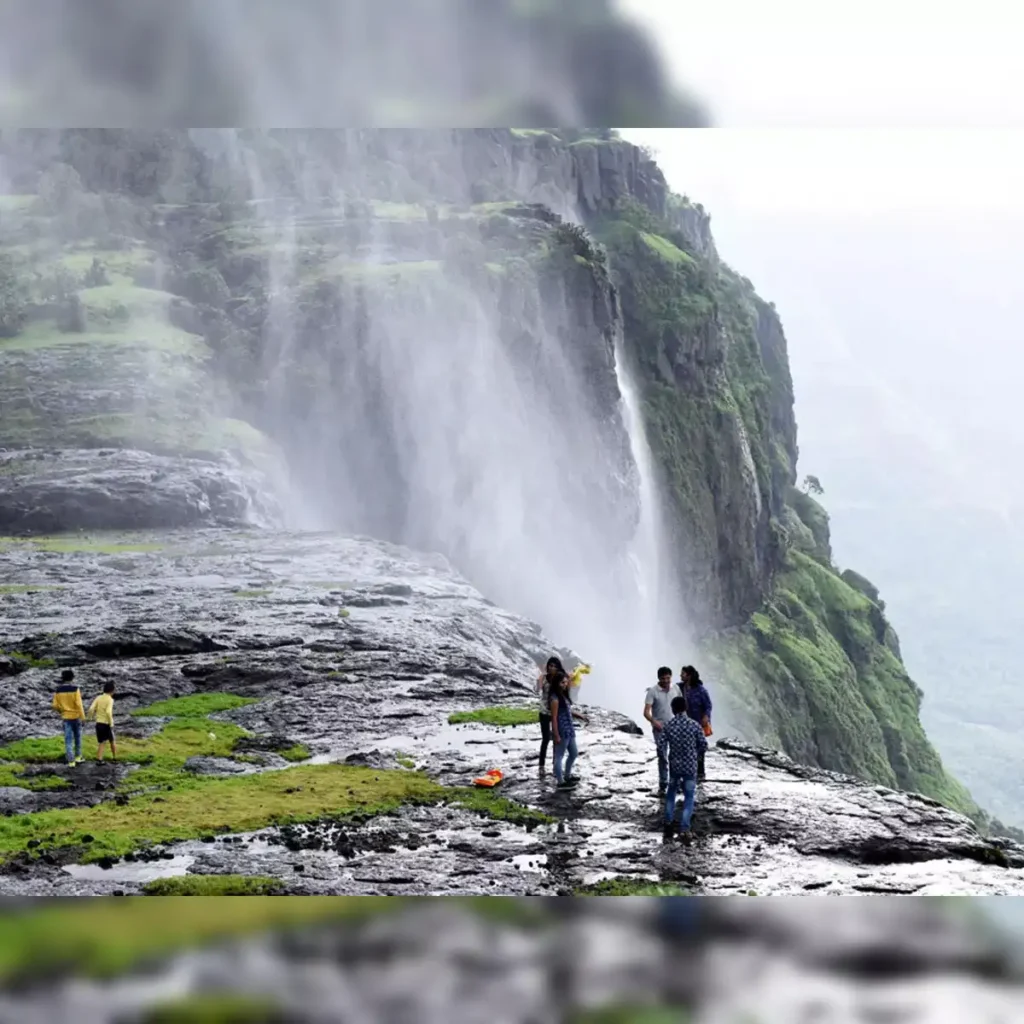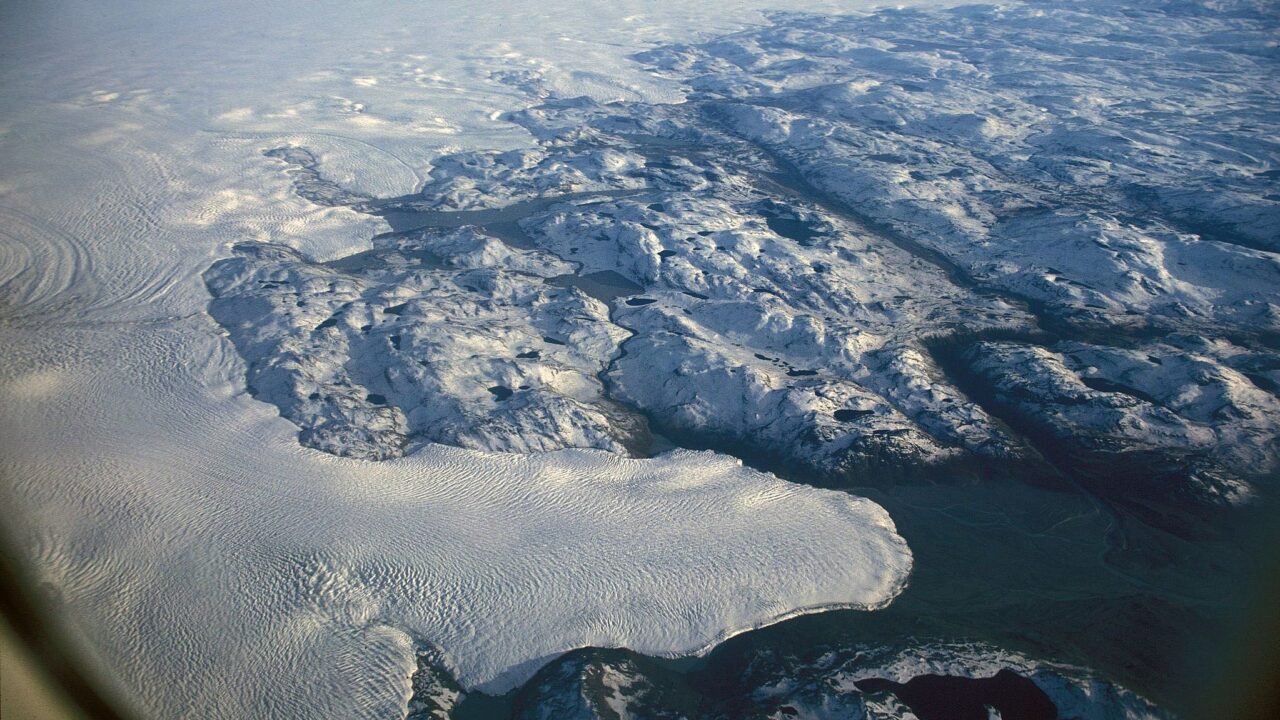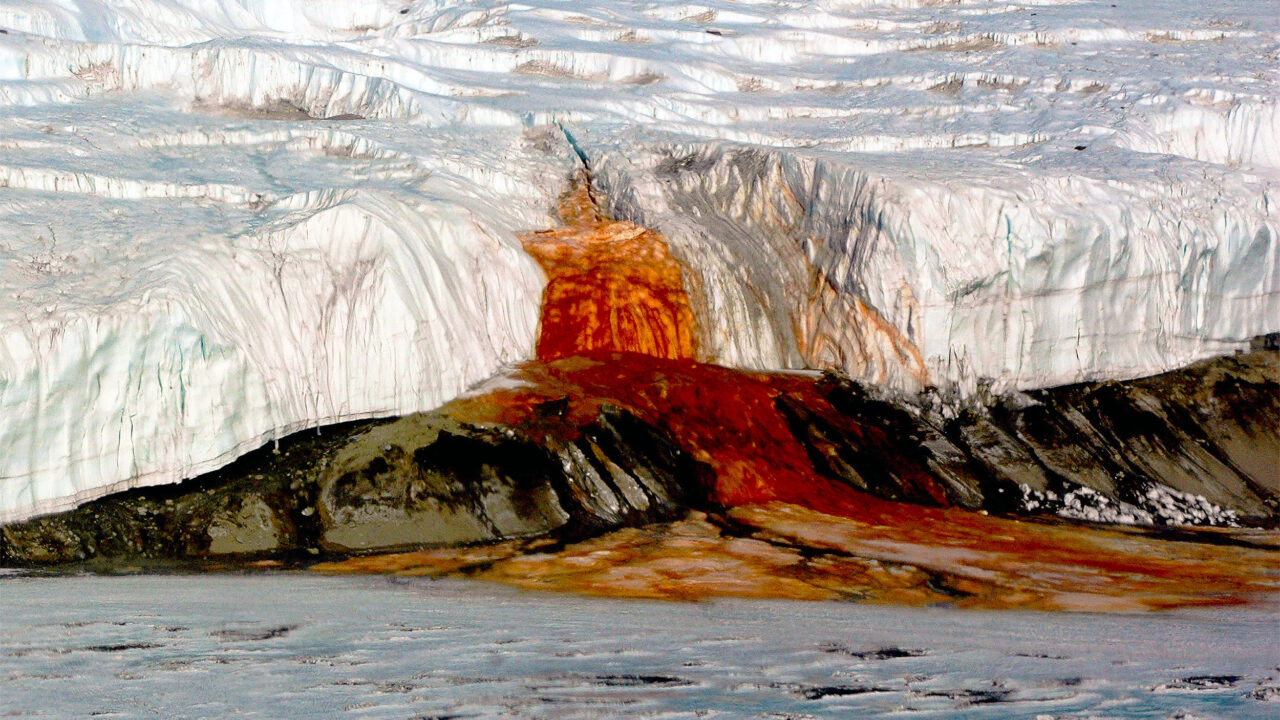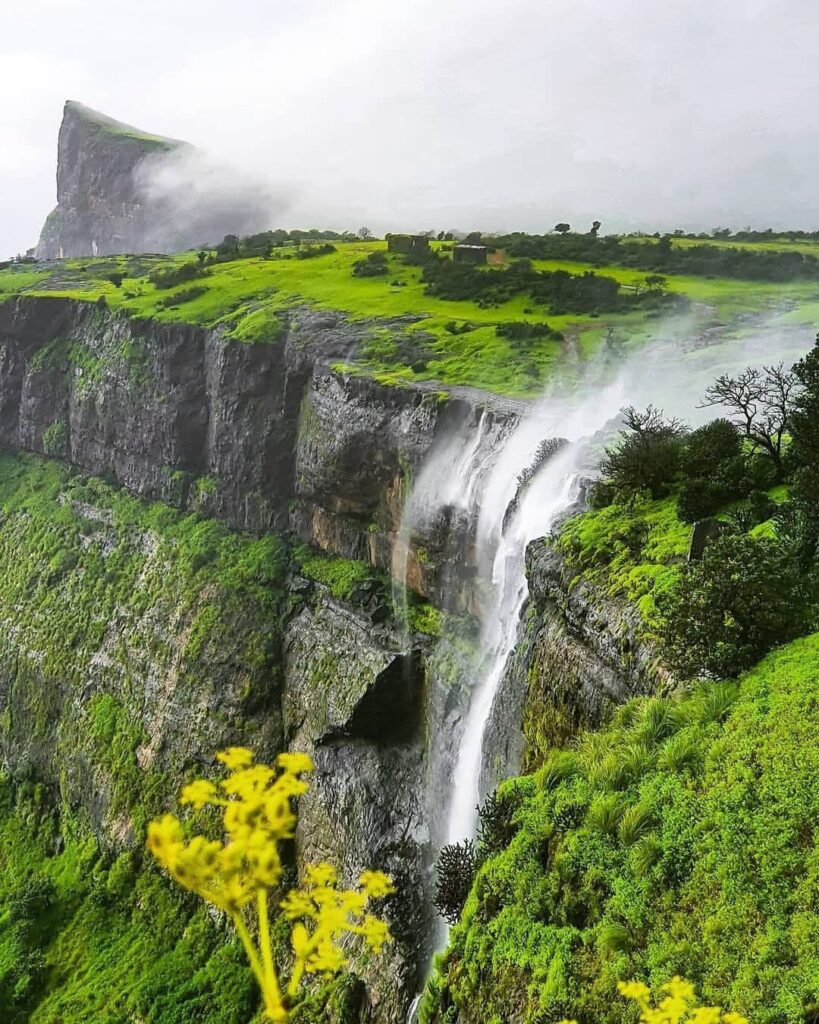What Is a Reverse Waterfall?
A reverse waterfall is a rare natural phenomenon in which water appears to flow upward instead of falling downward. The sight is so mesmerizing that many visitors question whether gravity has stopped working.
In reality, the water is not defying gravity. This illusion is caused by strong winds or optical effects that make the water appear to rise. In India, two places are particularly famous for this phenomenon: Naneghat in Maharashtra and Mainpat in Chhattisgarh.
1. Naneghat Reverse Waterfall, Maharashtra

Located in the Western Ghats, about 160 km from Mumbai, Naneghat becomes home to a spectacular reverse waterfall during the monsoon season. The waterfall, about 120 meters high, is blown upward by powerful winds, creating an incredible illusion of water “flying” into the sky.
Interesting facts:
- Best viewed from June to August, when the southwest monsoon winds are strongest.
- Viral videos often show the waterfall being lifted upward by gusts of wind.
- A favorite destination for photographers because of its dramatic scenery and lush green backdrop.
How to get there:
From Mumbai, Naneghat can be reached by car in about four hours via NH60 toward Junnar.
2. Ulta Pani, Mainpat – The Stream That Defies Gravity

Unlike Naneghat, the phenomenon at Mainpat is caused by an optical illusion, not by wind. In a small village known as Ulta Pani (“Reverse Water”), the flow of a small stream seems to move upward though in reality, it is flowing downhill.
This illusion occurs due to the area’s sloping terrain and tilted horizon, which deceive the human eye and make the flow appear reversed. Scientists refer to this as a gravity hill effect.
Interesting facts:
- Mainpat sits at an altitude of around 1,085 m above sea level and is sometimes called the “Mini Tibet of India.”
- Tourists visit to witness the “upward-flowing water” themselves.
- The area is also popular for meditation and eco-tourism.
How to get there:
Mainpat is about 55 km from Ambikapur, reachable by car or local transport.
Why Does the Water Appear to Flow Upward?
There are several scientific explanations behind this mysterious phenomenon:
- Strong updrafts: Powerful winds push the falling water upward, creating a reverse effect.
- Topographic channels: Narrow valleys or cliffs amplify wind pressure.
- Optical illusions: The slanted ground and visual horizon confuse our sense of direction.
In short, nature is not breaking the laws of physics it’s simply playing tricks on our perception.
Travel Tips for Visiting Reverse Waterfalls
- Best time to visit: June–August (for Naneghat), October–March (for Mainpat).
- What to bring: Windproof jacket, non-slip shoes, wide-angle camera lens.
- Safety tips: Avoid standing too close to the cliff edges; the winds can be extremely strong.
- Transport: Private or rental vehicles are the most convenient option.
Viral on Social Media
This rare natural event has gone viral on platforms like YouTube, Instagram, and X (Twitter).
One viral video titled “Water Flows Upward in India Nature’s Magic at Naneghat” has attracted millions of views and inspired countless travelers.
Watch the video here: YouTube Shorts: India’s Reverse Waterfall
The upward-flowing waterfalls of India are a stunning reminder of nature’s wonder and mystery. Whether it’s the wind-driven water of Naneghat or the optical illusion of Mainpat, both locations offer unforgettable experiences for nature lovers and photographers alike.
If you ever plan to visit India, don’t miss the chance to witness these breathtaking “reverse waterfalls” that seem to challenge gravity itself.
Frequently Asked Questions (FAQ)
Q: Does water really flow upward in India?
No. It’s either caused by strong wind or a visual illusion.
Q: Where are the most famous reverse waterfalls in India?
Naneghat in Maharashtra and Ulta Pani in Mainpat, Chhattisgarh.
Q: What is the best time to visit?
During the monsoon for Naneghat, and during winter for Mainpat.





